| –
| Disconnect supply pipe -1- for suction-jet pump by pressing release tab. |
| –
| Disengage fuel supply pipe -2-. |
| –
| Remove fuel delivery unit. |

Note | t
| When removing fuel delivery unit, make sure you do not bend float arm of fuel gauge sender -G-. |
| t
| Keep in mind that the fuel delivery unit still contains fuel. |
| Installation is carried out in the reverse order; note the following: |

Note | t
| Take care not to bend the fuel gauge sender -G- when fitting the fuel delivery unit. |
| t
| Ensure that fuel hoses are securely seated. |
| –
| Insert fuel delivery unit into fuel tank, with flange set aside. |
| –
| Engage fuel supply pipe -2-. |
| –
| Fit supply pipe -1- leading to suction-jet pump so that it engages audibly. |
|
|
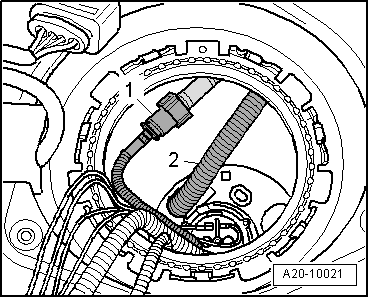
|
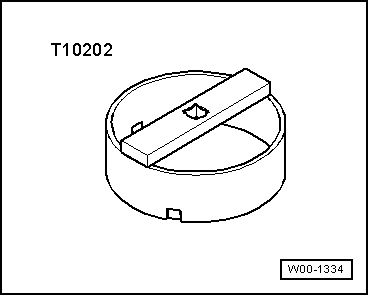
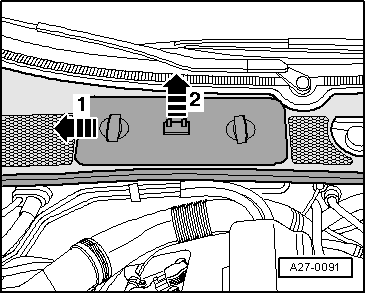
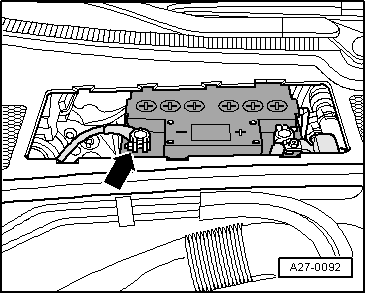
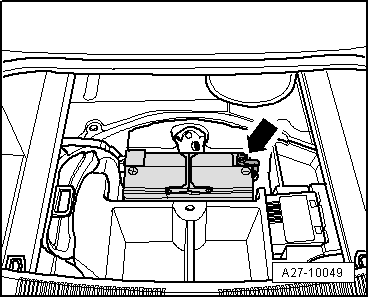
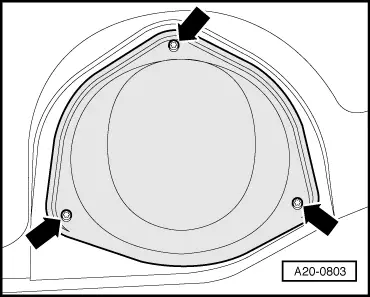
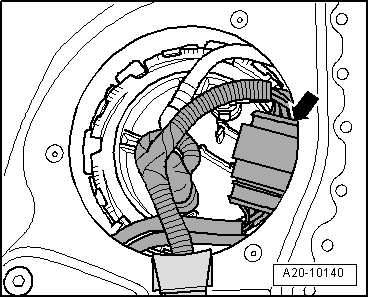
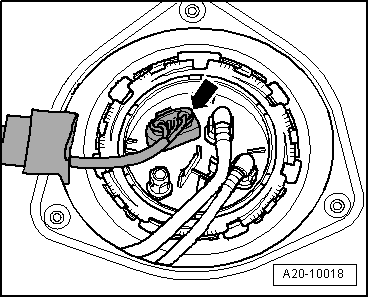
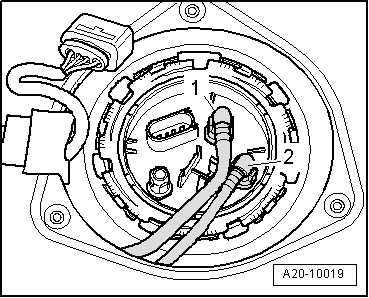
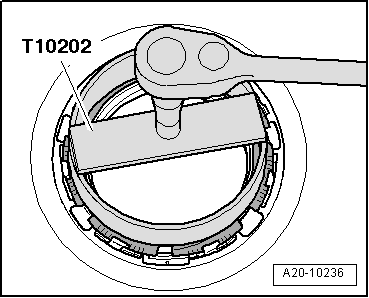
 Note
Note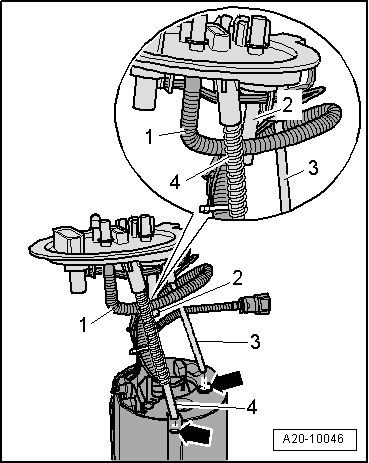
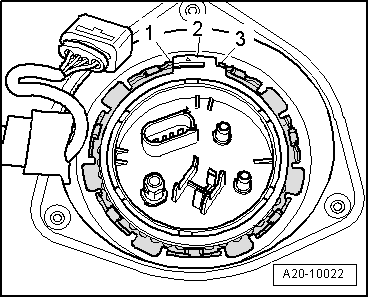


 Caution
Caution WARNING
WARNING